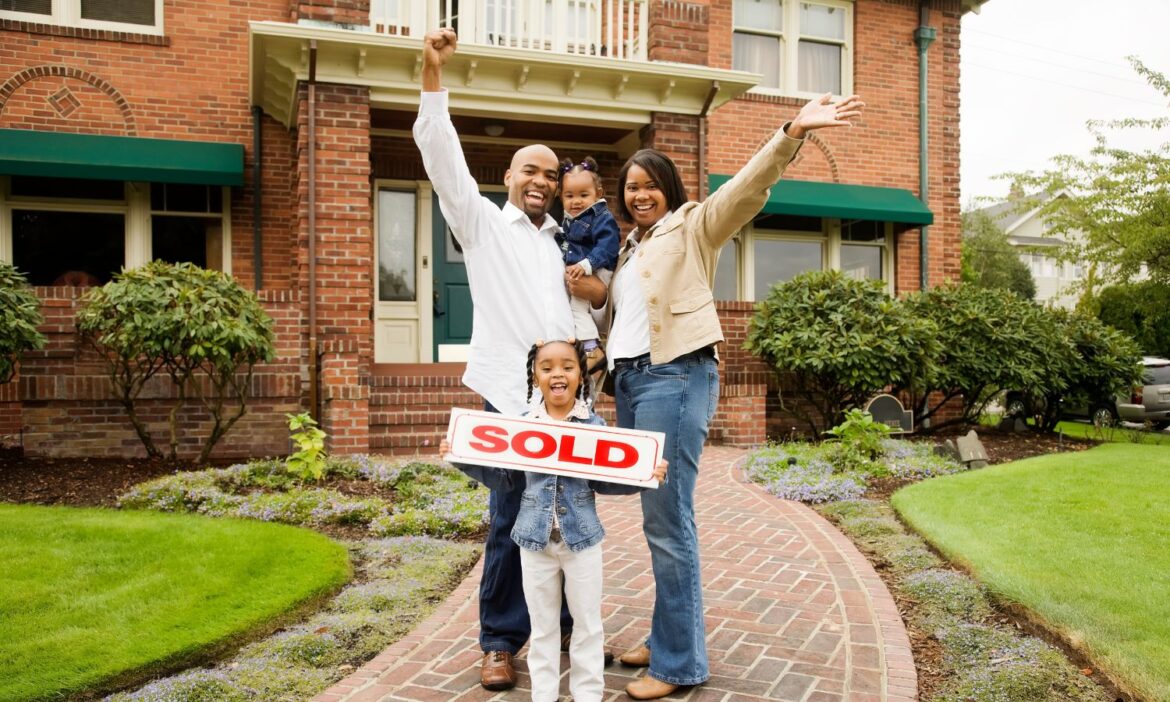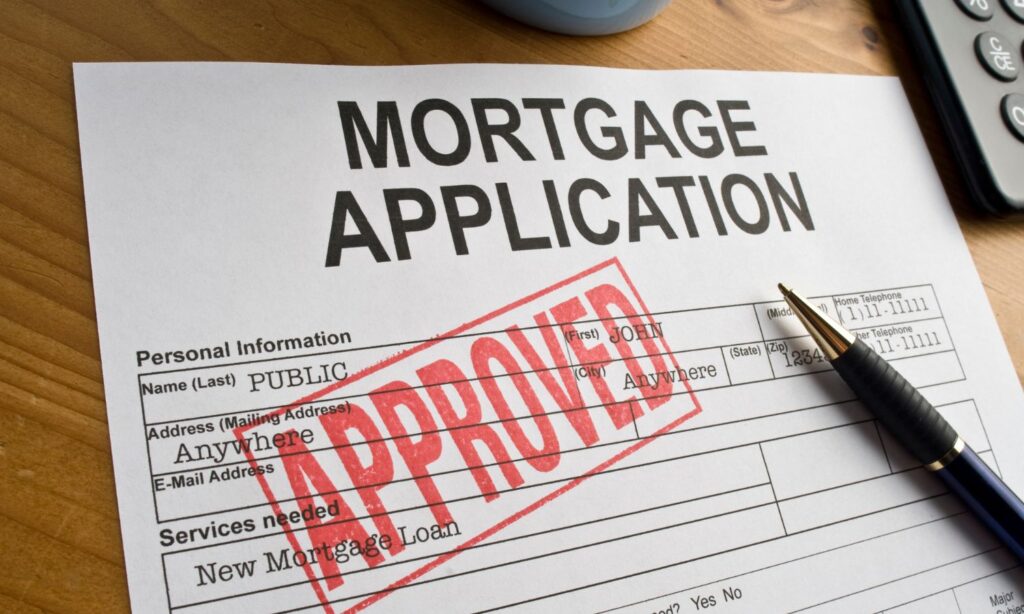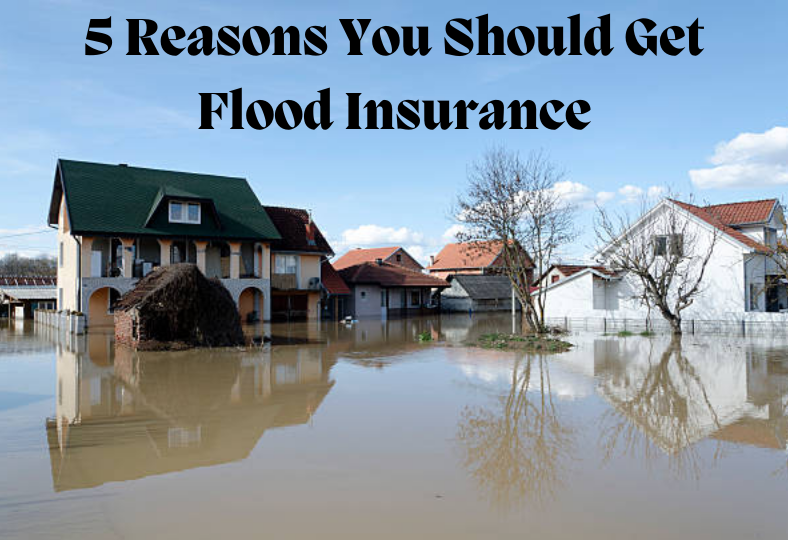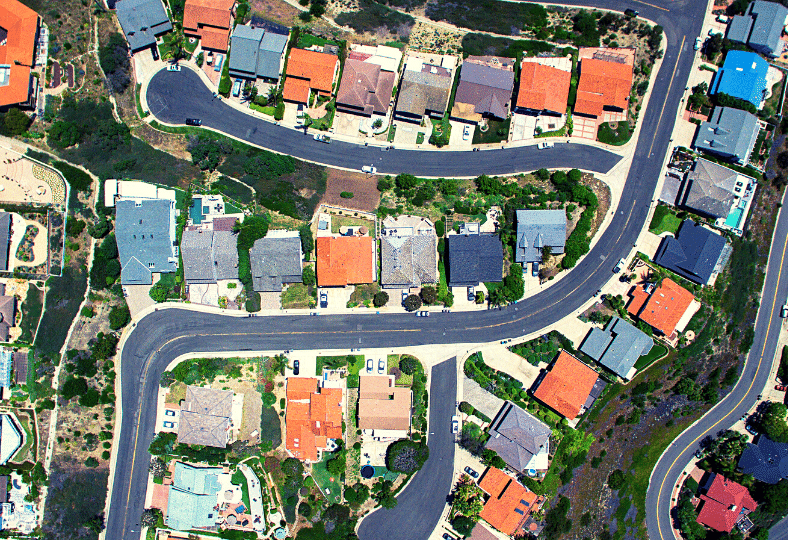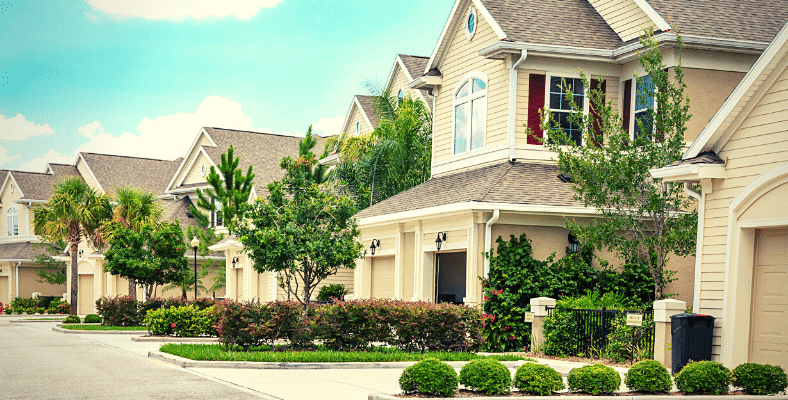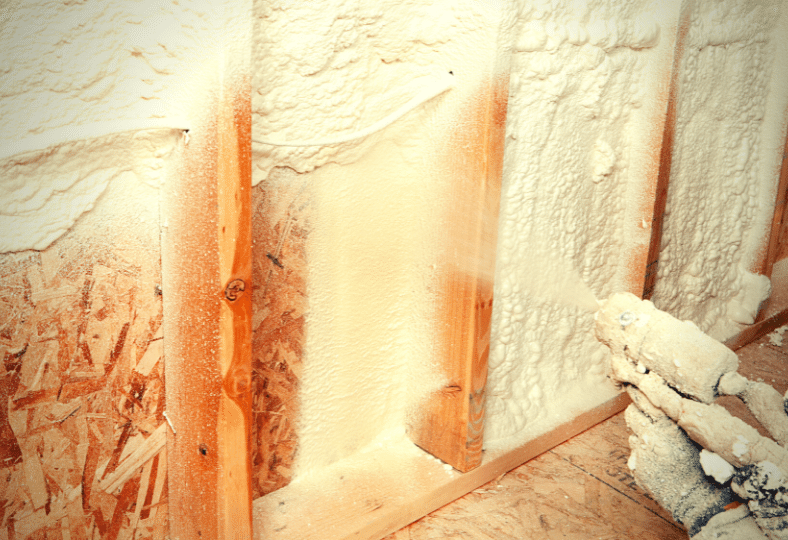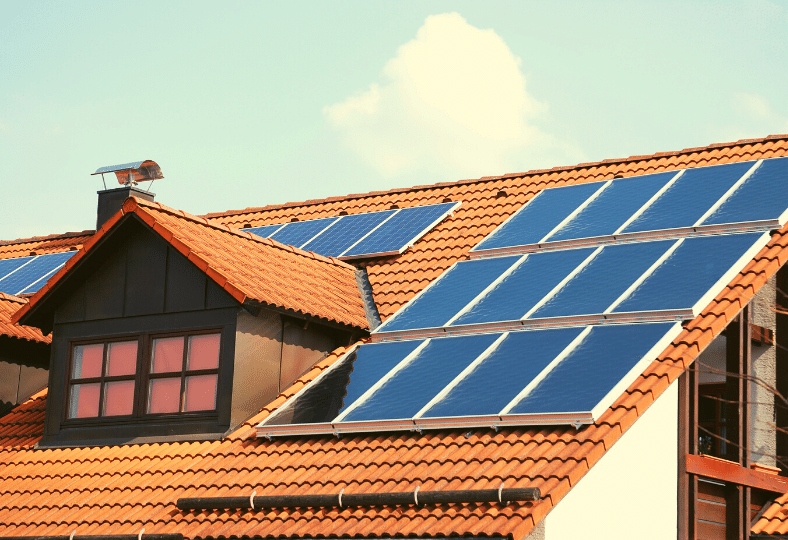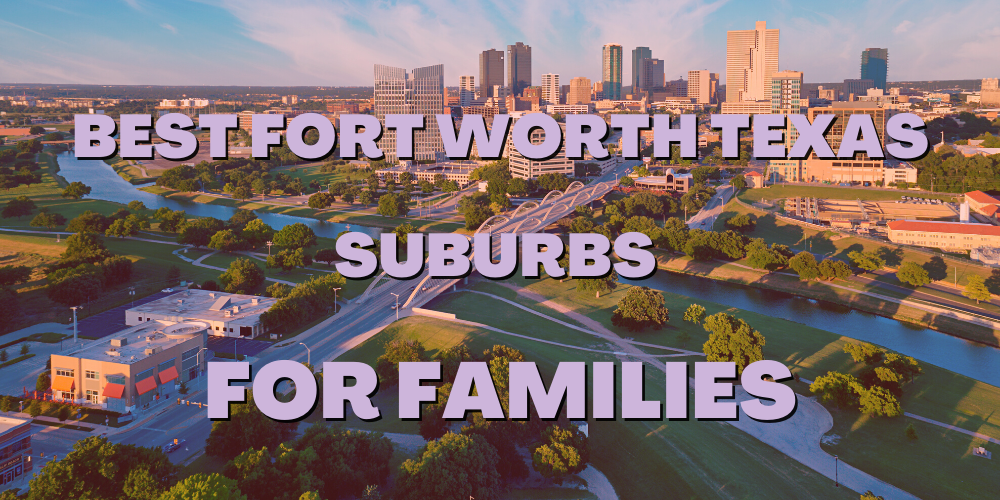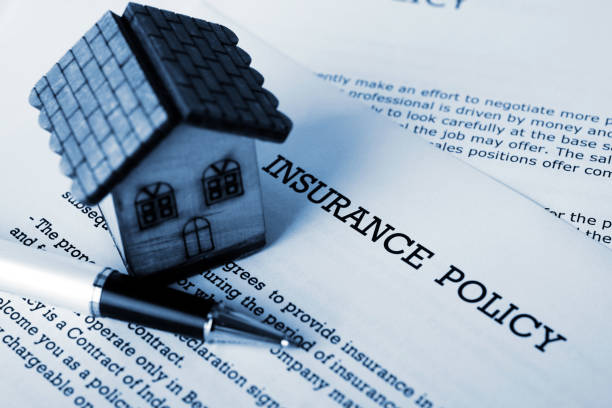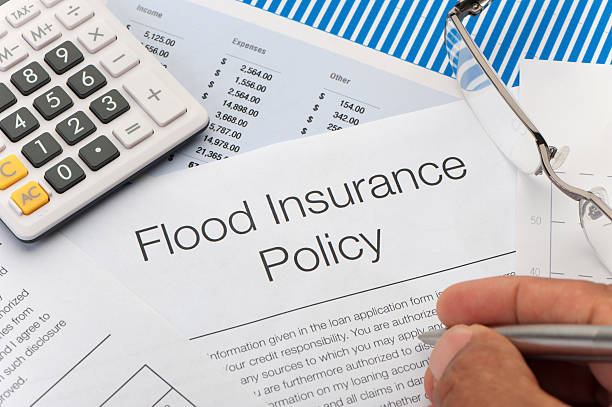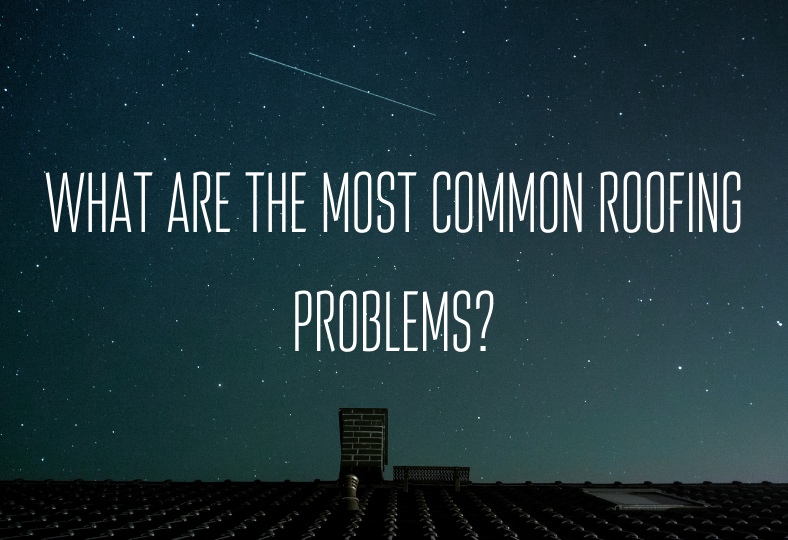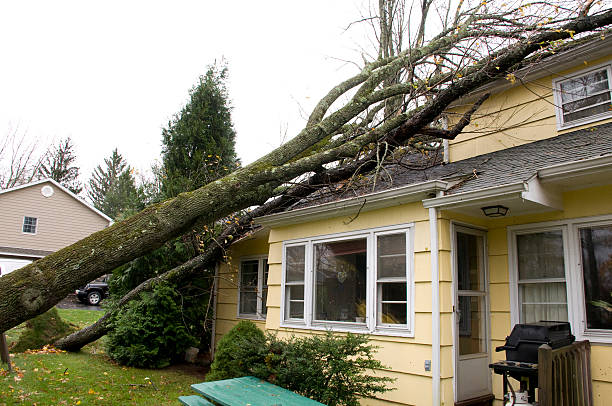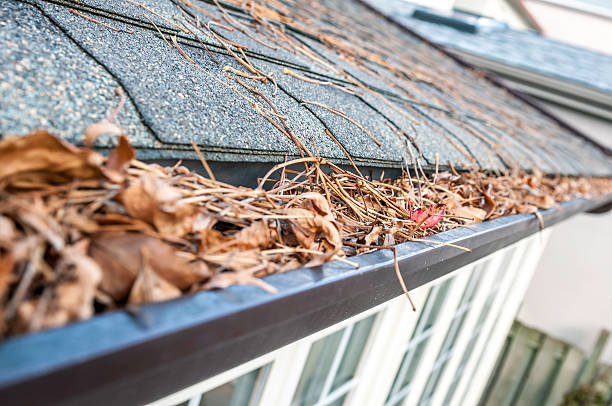The Cocoa Beach, Florida Real Estate Market: A Prime Coastal Haven
Are you thinking about settling in a place where the warm and inviting sun kisses the captivating blue ocean? Let’s explore the dynamics of the Cocoa Beach, Florida real marketplace and discover why it’s considered a top-notch coastal destination for potential home buyers. In 2020, Brevard County, where Cocoa Beach is located, recorded nearly $3.6 billion in residential sales.* Indeed, Cocoa Beach’s real estate market is prospering, driven by the region’s stunning natural beauty and the increasing number of Floridians relocating to coastal regions.
The Growing Demand for Cocoa Beach Homes
It’s no secret that Cocoa Beach, known as the quintessential beach town, is experiencing a surge of interest from potential buyers. From waterfront homes to condos with breathtaking ocean views, there’s no shortage of dream homes up for grabs. The city’s median property value is approximately $278,942, surpassing the national average. The real estate market is healthy, with around 1,867 homes and apartments. What’s more, approximately 80.2% of the homes fall within the range of $100k – $500k, thereby offering varying options for different financial capabilities.
Alluring Waterfront Homes for Sale
Cocoa Beach boasts an impressive array of waterfront properties. These homes, both new and historic, edge the pristine sandy shores and the quiet canals of the Banana River. Luxurious waterfront estates with private dockage or condos facing the ocean beckon buyers in search of a coastal lifestyle. In general, waterfront properties are the staple offerings in the Cocoa Beach real estate market, bubbling with a charm uniquely Floridian.
A Thriving Condominium Market
Cocoa Beach’s condominium sector is just as vibrant. Condos offer a range of choices from mid to high-end price tiers, each with its distinct appeal. Whether it’s a riverfront condo with a private boat dock or a beachfront unit with panoramic views of the Atlantic Ocean, prospective buyers have a generous selection to choose from. The median price range of Cocoa Beach condos is around $273,950, a relatively inviting figure considering the location and amenities.
Quality Homes in Family-Friendly Neighborhoods
In Cocoa Beach, the emphasis isn’t just on waterfront properties. Many beautifully crafted homes are located in tranquil, family-friendly neighborhoods, offering an equally desirable living space. These residences are well-poised within proximity of pristine beaches, top-rated schools, local cafés, charming boutiques, and outdoor recreational spots such as golf courses and parks. They offer a perfect balance of tranquillity and convenience.
Appreciating Values and Promising Returns
The encouraging performance of the real estate market in Cocoa Beach is reflected in an appreciation rate that consistently outpaces the national average. Past performance indicates a 7.2% year-over-year rise in median home sales, with a robust 36.5% appreciation noted over the past five years. To put it into perspective, Cocoa Beach residential properties are not just about luxury and lifestyle, they’re also a sound investment that promises reliable returns.
A Market with Considerable Resilience
It’s worth noting that despite the economic downturn due to the Covid-19 pandemic that affected many economies globally, the Cocoa Beach housing market displayed commendable resilience. While many cities experienced a slowdown, Cocoa Beach’s real estate maintained relatively stable prices and even recorded significant sales. This stability underlines the degree of trust buyers have in this area and the viability of the market in a wider economic context.
Make Cocoa Beach Your Home
In conclusion, it’s apparent that the appealing Cocoa Beach real estate market, with its broad selection of high-quality homes, waterfront properties, and modern condos, presents an irresistible proposition for buyers. Boosted by a strong local economy, the promising returns on properties and the captivating coastal lifestyle, Cocoa Beach is an ideal destination for those seeking a fantastic home in a tranquil, sunny environment. Dive in and surf the wave of potential that Cocoa Beach’s real estate market presents, and before long, you could be calling this coastal paradise ‘home’.
* Source: Brevard County Property Appraiser.
This blog post is intended to serve as a comprehensive guide to the Cocoa Beach real estate market and is not a solicitation for sales. All information provided should be independently verified. Statistics, prices, and other details are subject to change. Please contact a local real estate professional for the most accurate and up-to-date information.




